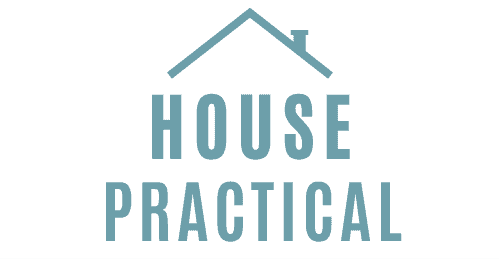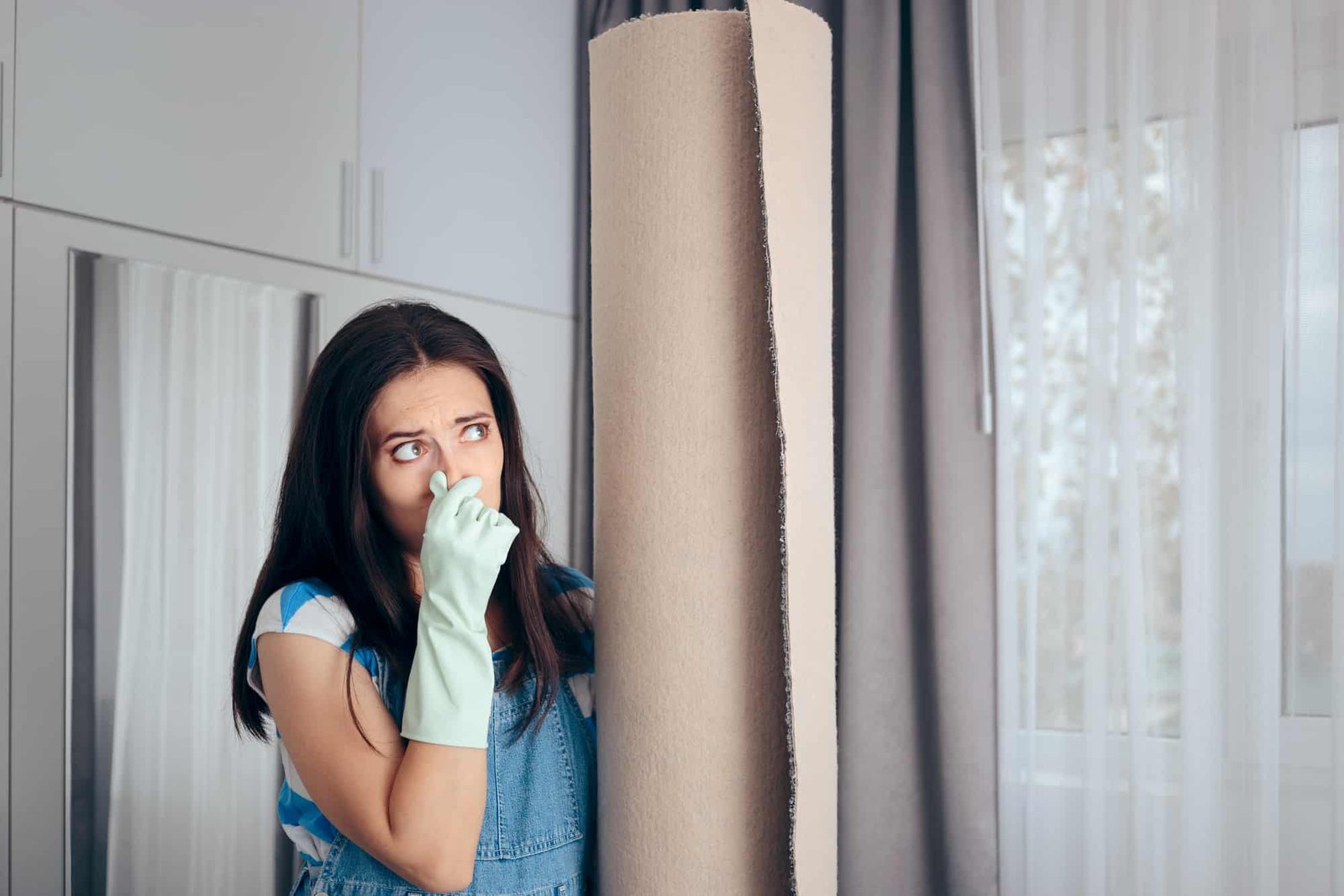Maintaining a clean house takes a lot of hard work and effort. Foul odors and smells in your home can make all that effort seem pointless. Especially in older houses, a musty smell in the house often stays despite thorough cleaning.
Your house smells of yeast because mold is growing somewhere in the house. Possible causes include damp walls or black mold. Improper cleaning and poor ventilation are common precursors to mold.
A variety of the different areas in your house are prone to growing mold and causing a yeasty smell. In this article, I’ll explore the various causes of mold, how to get rid of it, and ways to prevent mold infestations.

Why Does My Bathroom Smell of Yeast?
Fungal spores are present all around us – in the air, on dust particles, and even on our food. Yeast is also a fungus, while mold is a term used to describe fungal growth in indoor spaces.
With enough warmth and moisture, mold can grow on any organic matter and release a smell similar to yeast (source: ScienceDirect).
Your bathroom smells of yeast because it has developed fungal growth. Bathrooms are prone to getting moldy when they aren’t left to dry completely or air out. Using any fabric such as a carpet in your bathroom increases the chances of a yeast smell,
Shower Curtains Can Grow Mold Very Fast
Shower curtains help keep the rest of your bathroom dry. However, most people leave them bunched up and wet after a shower.
The dampness creates favorable conditions for mold to grow and release Microbial Volatile Organic Compounds (MVOCs) — these are the chemicals that smell yeasty. Detecting MVOCs is a way of determining how hygienic an indoor environment is (source: ScienceDirect).
So, if you smell musty fungi in your bathroom, check the shower curtain for discoloration. You have found the fungus if it looks dark, yellow, or pink.
Damp Floor Mats and Towels
Floor mats in the bathroom are never fully dry. A damp floor mat provides the perfect conditions for fungal growth. Also, hanging your wet towels in the bathroom adds more humidity to the area and encourages mold growth.
Causes of Yeasty Smell Around the House
The bathroom isn’t the only place mold can grow in your home. That yeasty smell can come from other organic materials slowly rotting around the house. Fungi are ubiquitous and feed on organic matter such as wood, fabrics, and paper.
Poor Ventilation Increases Moisture Levels
Ventilation is essential in all the rooms of your house. Without proper ventilation, there is a significant risk of increased moisture levels that would encourage molding.
You might not see the mold, as it could be hiding underneath wallpaper or below the floors.
Basements, garages, and cellars usually have a yeasty smell because the humid environment is perfect for growing mold. This excess humidity is further exacerbated if there is a leak in your boiler or pipes (source: The Spruce).
Old Floorboards Are Probably Moldy
Charming hardwood floorboards might be a significant selling point when buying an old house. However, old floorboards could be slowly rotting without visible damage if they aren’t cared for properly. That also holds true for laminate wood flooring.
If you’re smelling yeast and you can’t see any mold – look under your entire carpet at the floorboards. Or, if they’re exposed, check the gaps in between them, or underneath.
Leaky Pipes Encourage Mold Growth
As previously mentioned, leaky pipes in your basement (or anywhere else) create the perfect environment for mold to grow over time. If you have had any water leaks in your plumbing for a long time, it’s probably going to cause some fungal growth nearby.
Again, sometimes you can’t see the source of the yeasty smell, and drains or pipes are a common culprit.
How Do I Get Rid of a Yeasty Smell in My House?
Getting rid of the yeasty smell in your house is not a very difficult task, but it depends on the damage done. If you find too much mold to handle on your own, consider calling a professional to handle the task.
To get rid of a yeasty smell in your house, you need to kill the existing mold. Then, increase ventilation and prevent new growth by making the conditions unfavorable for fungal growth.

1. Use Bleach To Kill Mold
A low-concentration solution of chlorine bleach (a.k.a household bleach) is highly effective at disinfecting surfaces and stopping microbial growth. However, bleach is only suitable for cleaning surfaces.
It won’t work if you have a rotting floorboard or fungal growth within your basement walls (source: Journal of Occupational and Environmental Hygiene).
Regularly wiping surfaces using household bleach will kill the existing mold and eliminate the yeasty smell in your house.
2. Ventilate Your House To Reduce Humidity
Creating good airflow in all the rooms of your house is an excellent way to reduce moisture levels indoors. The reduced humidity level will make it harder for fungus to grow in most places in your home.
For windowless rooms (such as basements), alternative forms of ventilation (such as central air conditioning) are highly recommended. Also, make sure you aren’t using your basement to store moisture-loving items such as books and fabrics.
3. Clean Your Home Regularly
Regularly cleaning your home will help reduce the number of microbes on the house’s surfaces. You won’t have a mold infestation if you make sure that you are keeping microbial numbers low. Ensure to dry anything you clean to prevent dampness from attracting mold. That means:
- Drying up the bathroom floor after showering
- Opening your shower curtain to allow for air drying
- Drying the floors after you mop
- Cleaning up spills promptly
- Washing damp towels regularly and keeping them off of the floor and your furniture

What Are the Health Risks of Having a Yeasty Smell in the House?
Besides the unpleasant yeasty smell, there are health risks that homeowners should be concerned with. Some studies correlate the presence of mold and fungal spores indoors with an increased risk of developing asthma in infancy.
There are also a few fungal strains that can cause severe, life-threatening conditions.
For example, Aspergillosis is a respiratory infection that occurs when patients inhale spores of common black mold found in basements (source: Centers for Disease Control and Prevention).
Children are particularly susceptible to respiratory problems caused by mold. Some infants develop an allergic reaction to mold spores, showing symptoms similar to hives or hay fever.
Having a yeast smell in your house is a common problem caused by mold. Cleaning your home regularly and keeping moisture levels low does wonders to remove yeasty smells.

